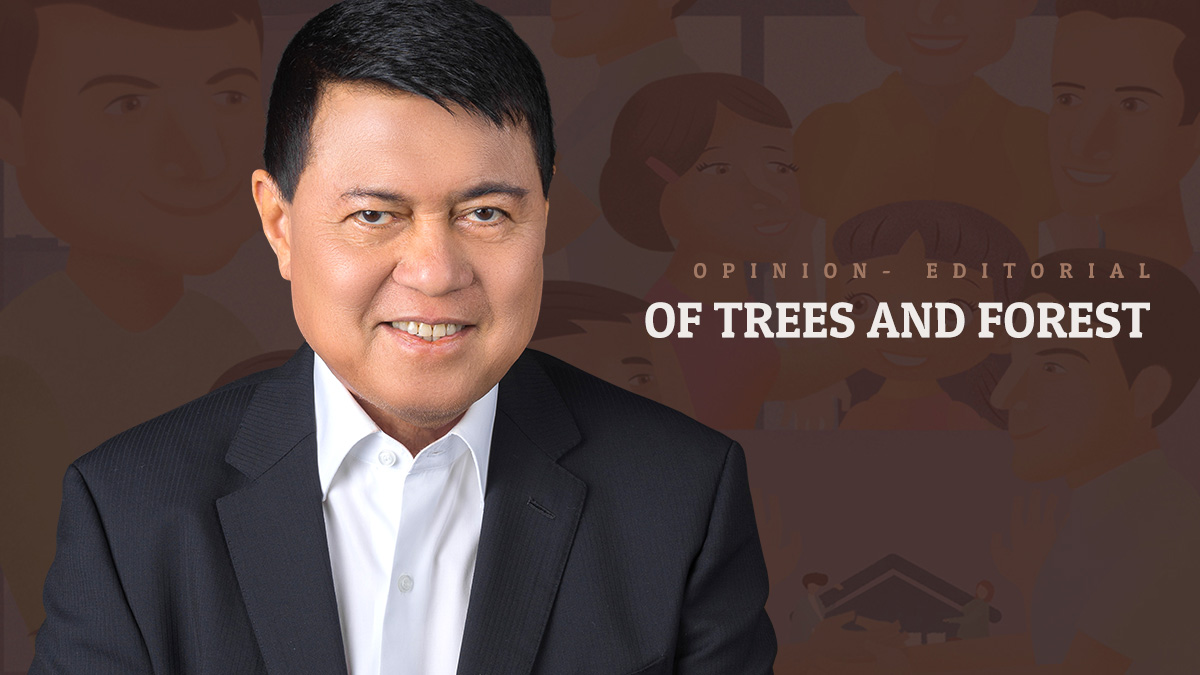
Rebuilding: Part 2
It’s time for a calibrated end to the lockdown.
Last week, economic managers announced that the Philippine economy has contracted 0.2% in the first quarter through March, ending our economy’s marvelous growth streak for 21 years. Fitch Ratings has also revised its Outlook on the Philippines’ Long-Term Foreign-Currency Issuer Default Rating (IDR) to Stable from Positive, reflecting its view on the deterioration of our near-term macroeconomic and fiscal outlook as a result of the COVID-19 pandemic and Luzon-wide lockdown.
As I write this column, the government is studying what decision to take after May 15. I hope decision-makers take into consideration the available health data as well as the need to prevent destroying our country’s economy. That is not to say that the economy is more important than our people’s health but there should be a way to relax the lockdown and allow some economic activity to resume without being negligent of our people’s well-being. Besides, our people’s livelihood should be an important consideration in protecting their health in a holistic way.
A gradual, calibrated end to the enhanced community quarantine (ECQ) does not mean all restrictions are lifted. It simply means that while instituting measures to prevent a resurgence of the virus, the government should start restarting the economy. It is not an either-or proposition—either you open fully or total lockdown. We need to find a middle ground that would allow us to revive economic activity and livelihood and at the same time protect our people from the Coronavirus pandemic.
In this case, we should learn from other countries' experiences. For instance, the South Korean model shows us that the ability to test, trace, and isolate all infections and their contacts is key to winning the battle. South Korea proves that we do not have to resort to a total lockdown in order to fight the pandemic. Government and the private sector should help each other in conducting increased testing and contact tracing.
Our approach should be targeted and clinical. Re-open sectors in the economy that are critical and essential (for instance, labor-intensive sectors such as agriculture, manufacturing, and construction) and focus only on geographic areas that show signs of flattening the curve. We cannot solve this problem with a simple blanket or shotgun approach. A selective approach will allow us to arrest the pandemic and at the same time avoid permanently damaging our economy and our people’s livelihoods. I will also suggest that the national government should rein in overly enthusiastic local officials who might be creating more damage in ordering draconian lockdown measures.
One of the most important issues is public transportation. Resuming certain economic activities means that people need safe transport. I have read efforts by both the MRT and LRT to impose measures designed to implement physical distancing and hygiene. This is a good start. I hope they can implement this very well. We should also consider staggering work hours in order to avoid congestion. The point is there are ways to gradually reopen the economy in a way that is not reckless and in a way that still fosters their safety.
On the part of the private sector, once some of these restrictions are lifted, they have to be both predictive and proactive in their decision-making in order to survive this crisis. I have heard that some businesses have closed permanently or have cut back for good. Many companies are choosing to decrease their production and supply levels in order to prevent further financial loss. But in order to sustain operations, businesses need to be proactive.
This means that businesses should be preparing now not when the ECQ is lifted. This is the best time to develop your business's ability to innovate, explore new ideas, and reinvent in order to survive this economic downturn. Survival means businesses tailoring their strategy to the changing macro conditions.





